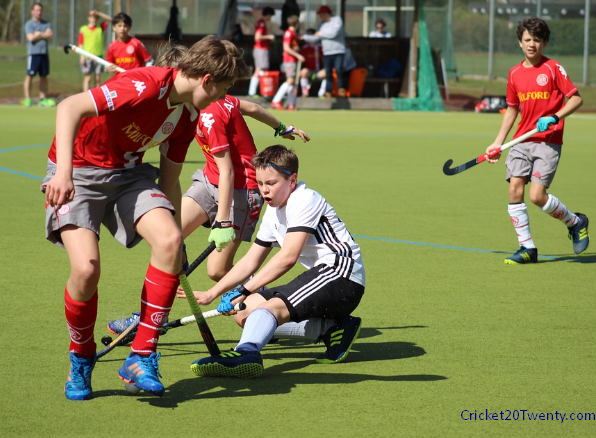Golf was already popular when the university at sir Andrews was founded in 1413 the grass covered stretches of sand dunes gullies and natural hazards exposed the North Sea on the east coast of Scotland were ideal for the game to prosper and develop.
These areas are known as the Lynx Gulf was largely a winter sport when the grass on the Lynx visited shortest the first written reference to golf is contained within an act of the Scottish Parliament dated March 14 57 King James ii of scotland prohibited both golf and football which was affecting his army’s state of readiness in anticipation of continued conflict with the english archery practice.
On the other hand was compulsory for males over 20 years of age and fines were imposed on those missing practice the Scots proved reluctant to relinquish golf and it was necessary for latest Scottish monarchs to pass similar acts of parliament these were made by King James the 13-14 seventy ranking James the fourth in 1491 by 1502 King James the fourth was enjoying golf himself and records show his purchase of clubs and balls from a bow maker in Perth Mary Queen of Scots was recorded as playing golf at San Andrews in 1567.
Just the week after the murder of her husband Lord Darnley staying in this house close to the Cathedral records show that at the end of the sixteenth century golf was being played at the barre Lynx close to the modern Carnoustie Blackfriars yard near Glasgow leaf muscle bruh sin Andrews and North injured Perth in 1603 King James the sixth of Scotland became King James.
The first of Great Britain and was recorded it’s playing golf at Blackheath on the outskirts of London royal Blackheath Golf Club he said to have been founded in 1608 but the records only exist from a 1787 as earlier records were destroyed by fire the Duke of York later james ii of britain has challenged to play golf by two english nobleman attached from the scottish court.
The Jukes selected a local shoemaker John Patterson as his playing partner for the match which they comfortably won in what may well have been the first international golf match the shoemaker used his share of the winnings to build a large house in Edinburgh which he displayed a crest although golf was now an acceptable recreation was frowned upon to play on the Sabbath and the strength of the church in Scotland resulted in fines for those court






